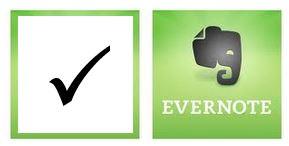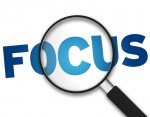21 Oct Top 10 Google Search Tips
search bar
Sometimes just the smallest thing makes a difference. We spend a lot of time on computers and if we could do what we needed to do faster than there would be more time to do the things we want to do. Here are my Top Ten Google Search Tricks that help me save time.
| Tip | Issue | Type in | Results | |
| 1. | Spell | Don’t know how to spell a word? Type in the word spell and your closest guess. As long as your guess is reasonably close, Google returns the correct spelling | Spell infintesimal | Infinitesimal |
| 2. | Google Images | When looking for a product, type in product description and select “images” for your search tool (grey options across the top – 3rd one) | Desk top file and select “search images” | Pages of desk top files pictures that you can shop from |
| 3. | Define | Need a definition? You don’t need to go to a dictionary website. Type in “define” and the word. | Define Complementary | Full dictionary definition |
| 4. | Minus Sign | If you want to find something but leave out certain results use the minus sign | Caterpillar – tractor | Insect options not machinery company options |
| 5. | Date Range | To identify a range of years use two periods. I use it often to get the most current technology results | iPhone updates 2018..2019 | Only listings posted during that range of dates |
| 6. | Timer | Let your computer alert you after a certain amount of time? Type in “timer” and the length of time. | Timer 10 minutes | A countdown timer that dings when you are out of time |
| 7. | Math | Don’t have a calculator handy? Google does equations. Type in the equation and you’ll get the answer | 365 * 24 | 8760 |
| 8. | Weather | What’s the temperature outside | weather and zip code | 10 day forecast |
| 9. | Answers questions | Google is just like your smart phone’s assistant (Siri) | When is daylight savings 2014 | Starts March 9, Ends Nov 2 |
| 10. | Exact Words | When searching for exact words use quotes to delineate the exact words you are looking for | “Michael C. Jones” | Only searches that have the words Michael C. Jones, in that order. |






